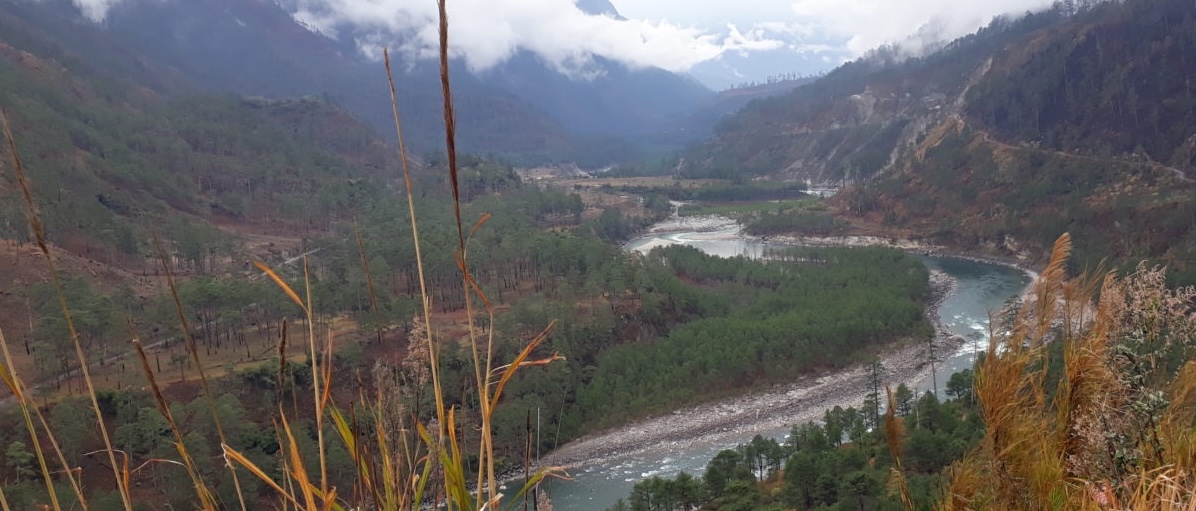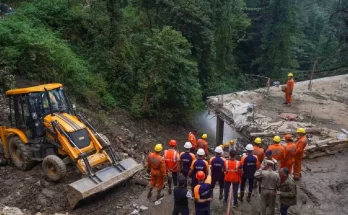Data reveals 2022 was the warmest year for Sikkim since 1901, agriculture could fall victim.

Image for representational purposes only. (Photo Credit: PTI)
On Friday, the India Meteorological Department (IMD) released its state-wise annual climate statement for the year 2022, which highlighted a decreasing trend of annual rainfall for Northeast India despite the warmest years recorded since 1901.
Although several states displayed an increasing trend in long-term time series, the highest decreasing trend was observed over three of the North-eastern states: Arunachal Pradesh (83 mm/100 years), Nagaland (62 mm/100 years), and Manipur (22 mm/100 years).
The year 2022 was the warmest year on record for Sikkim since 1901. It was also the fourth-warmest year for Arunachal Pradesh, Tripura, Nagaland, and Mizoram; the third-warmest year for Assam and Manipur; and the second-warmest year for Meghalaya, according to IMD data.
For Arunachal Pradesh, four out of the 20 districts for which data was available received deficient rainfall (-59% to – 20% of its long-period average from 1971 to 2020); in Assam, two of its districts received deficient rainfall; for Manipur, six of its nine districts received deficient rainfall; for Meghalaya, four of 11 districts received deficient rainfall; for Mizoram, six out of eight received deficient rainfall, and in Tripura, four out of eight districts received deficient rainfall (-59% to -20% of its LPA).
Conversely, only one out of 11 districts in Nagaland and none in Sikkim received deficient rainfall, as per Agriculture Ministry data. Rain-fed agriculture, which accounts for nearly 40% of total food production and occupies about 51% of the country’s net sown area, is complex, highly diverse, and risk-prone.
While the warming in the Himalayan states, especially in northwest India and the increasing heat waves in central India and Indo-Gangetic Plain, are much talked about, it is the decreasing rainfall trends that can be a cause of worry for the largely agrarian society, especially for Northeast India that relies heavily on rain-fed agriculture.
“It is true that Northeast India has seen a decreasing rainfall trend for some years now,” said Dr. Mrutyunjay Mohapatra, IMD’s Director General. When meteorologists talk of global warming, they explain that for every degree of temperature increase, there is a 7% increase in moisture holding capacity (that can in turn lead to extreme events such as excess rainfall).
According to Rajib Chattopadhyay, a scientist from the IMD’s Hydrology and Drought Monitoring Centre at Pune, the absence of clouds in Northeast India in 2022 led to more solar radiation and an increase in warming in terms of increased land surface air temperature.
“The summary of the state-wise annual climate statement for the year 2022, compiled by the IMD’s Office of the Climate Research and Services (CRS) in Pune, also highlights several other trends, such as the warmest annual mean temperature anomaly observed over Uttarakhand, Himachal Pradesh, and Punjab, and the highest annual rainfall anomaly observed for the year 2022 over Karnataka state, Rajasthan, and Telangana. Furthermore, it shows most states displaying a significant increasing temperature trend in long-term time series, with Himachal Pradesh showing the highest increase in mean temperature trend, followed by Goa and Bihar.
(This story first appeared on news9live.com on Apr 29, 2023 and can be read here.)



